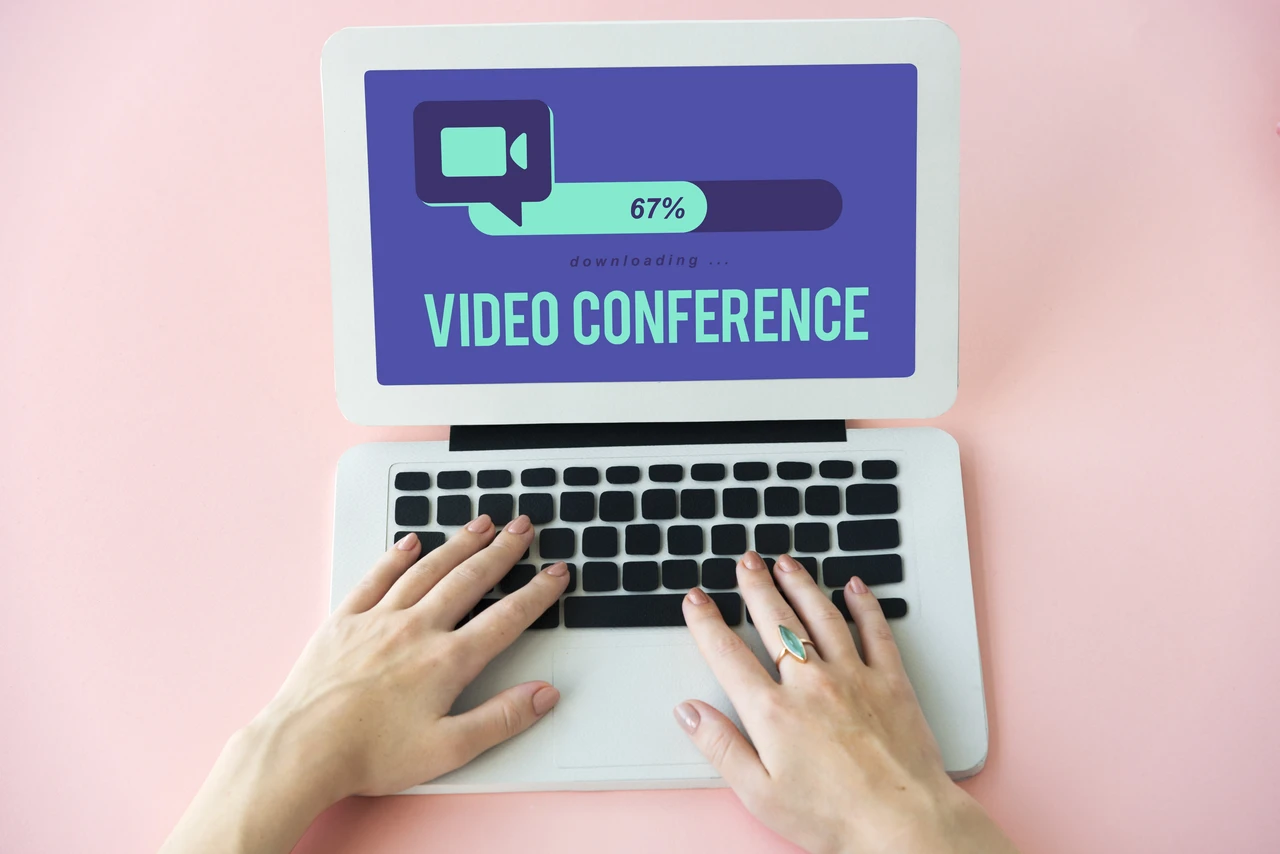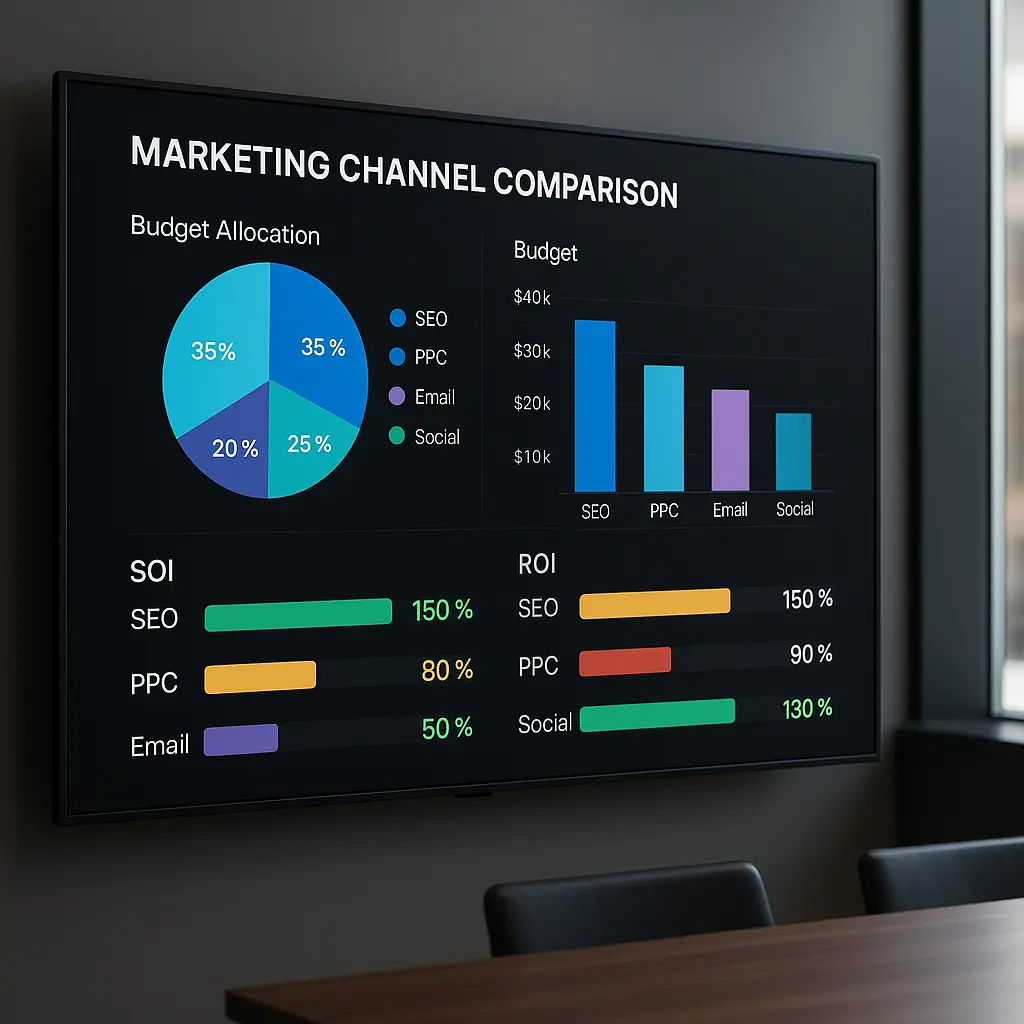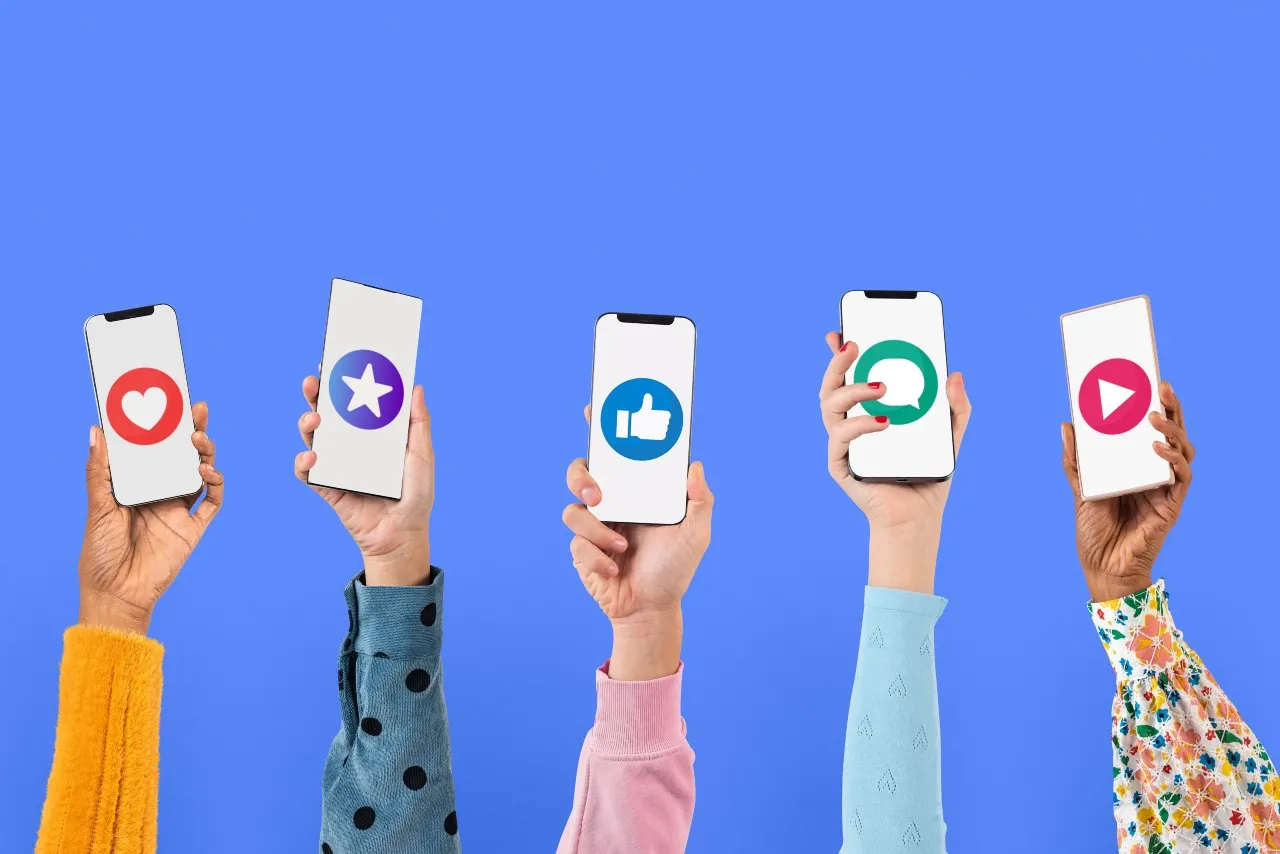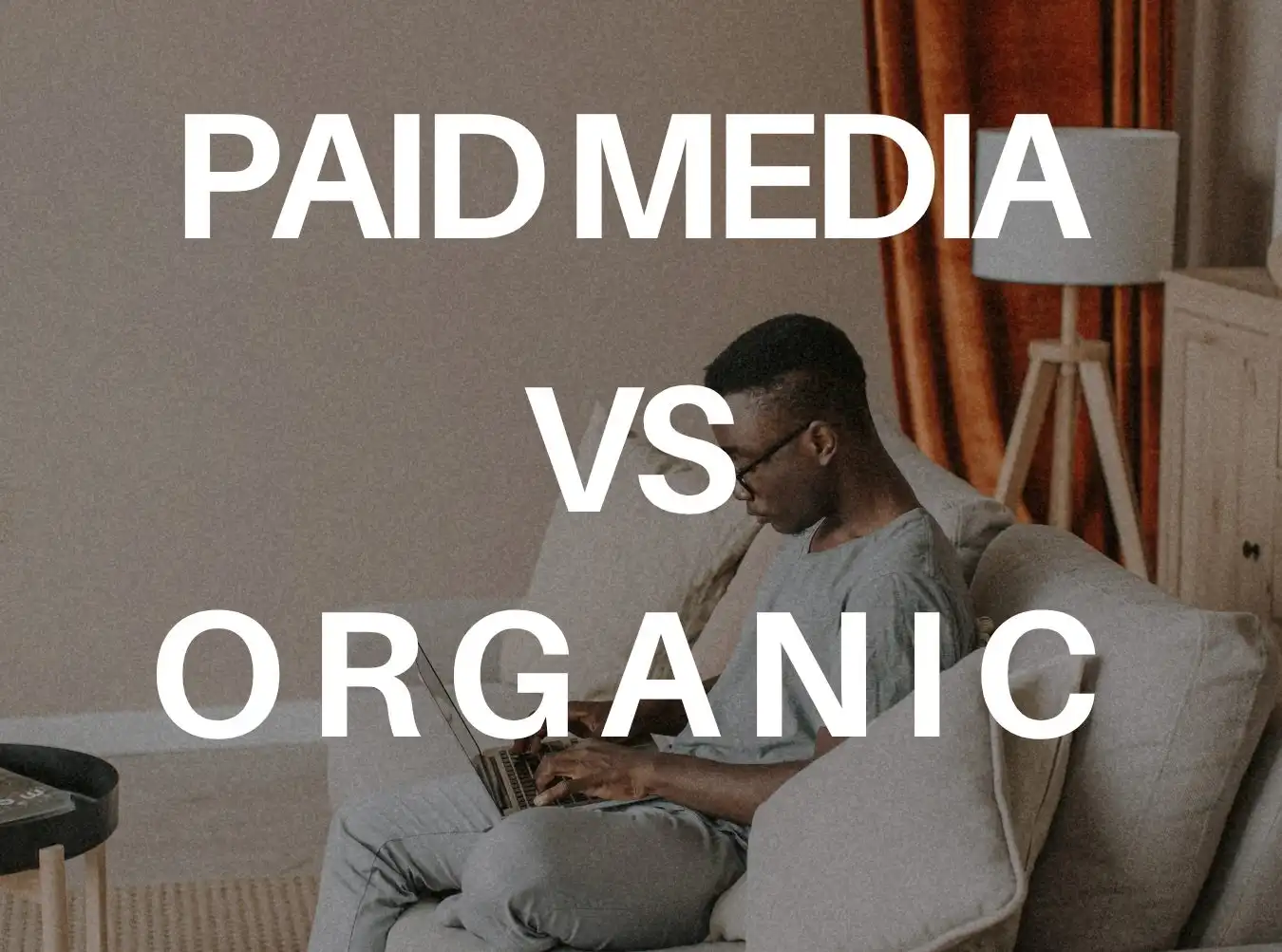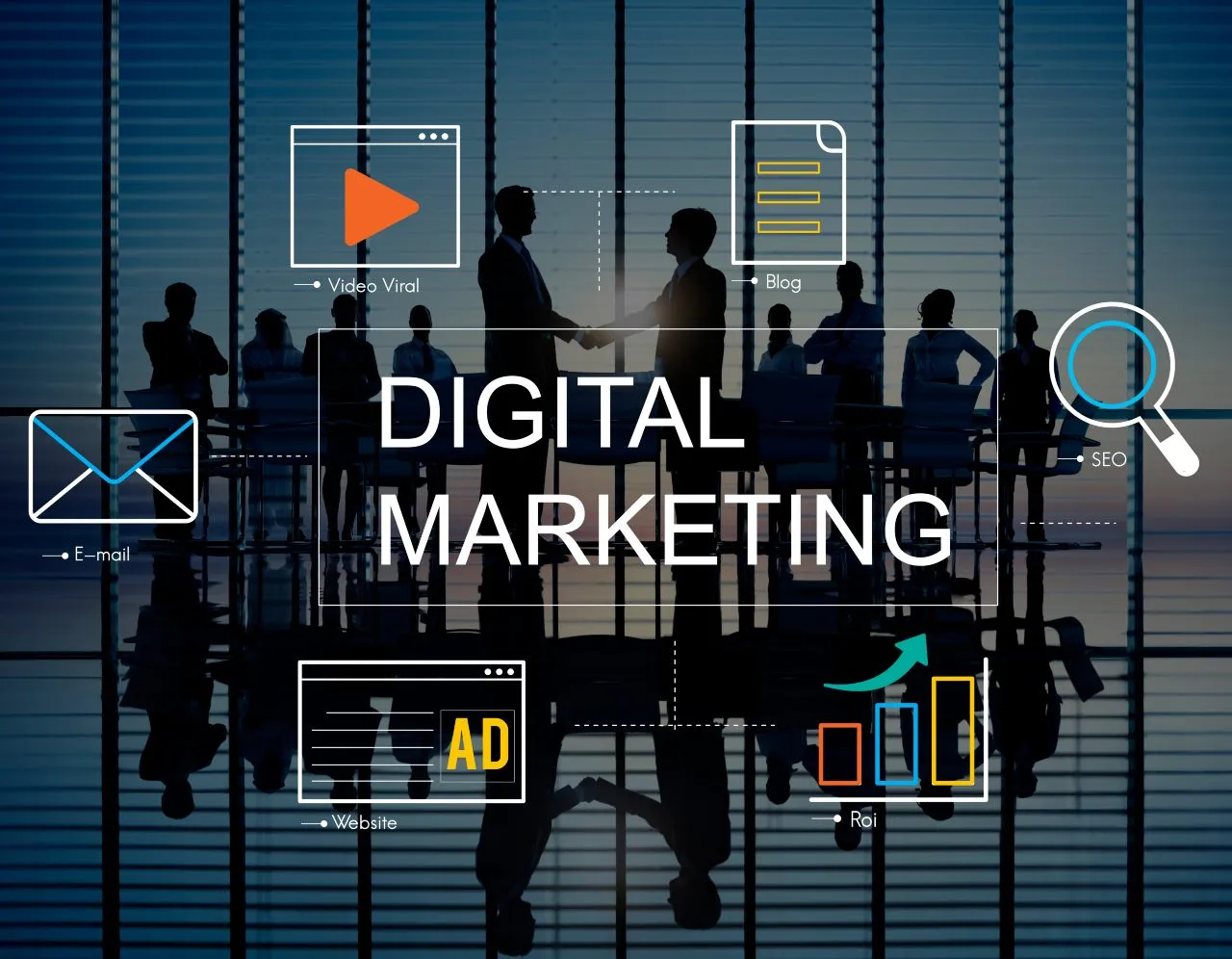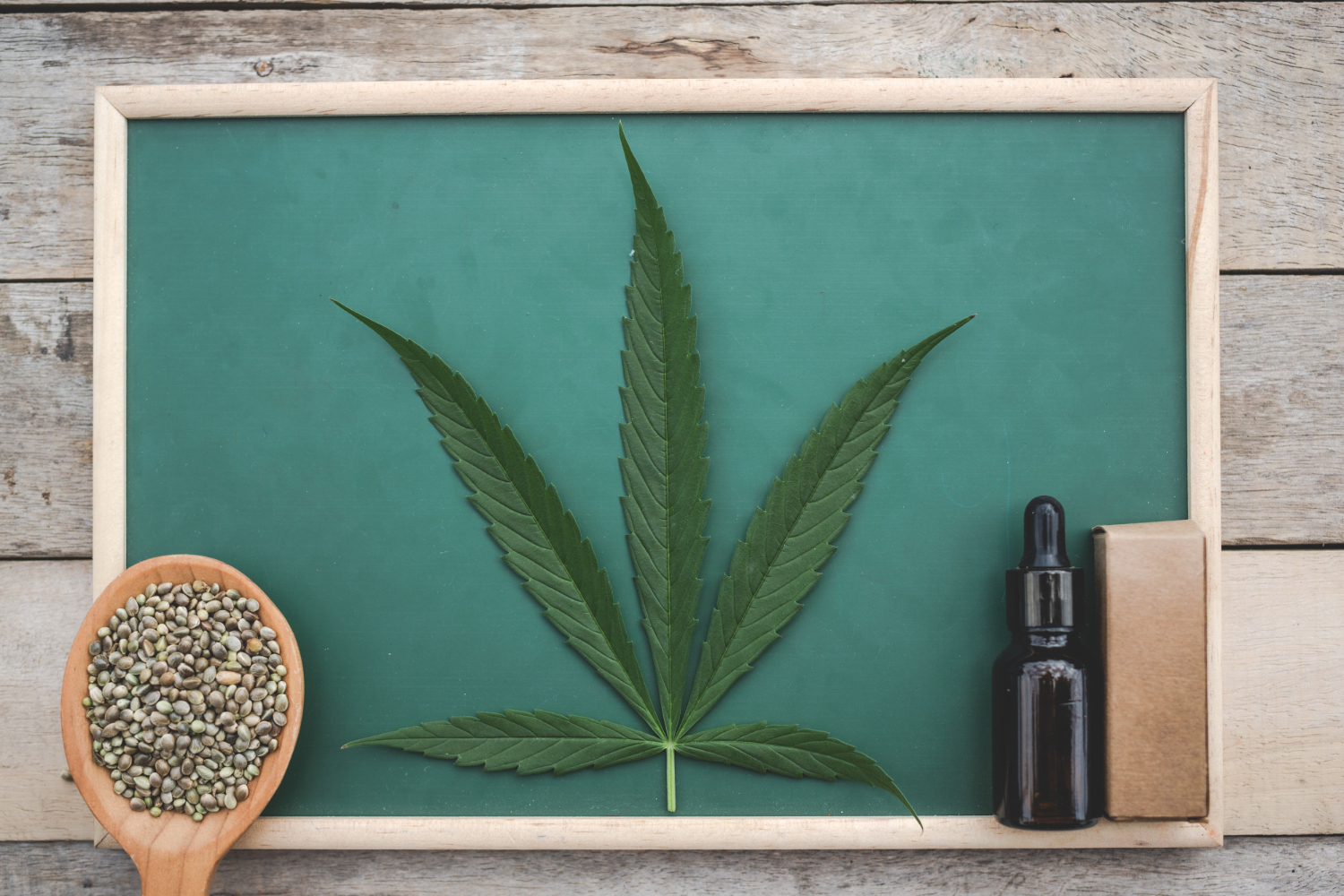Listen to article
In an era where consumers seamlessly switch between devices and platforms, a cohesive and strategic approach to marketing is more critical than ever. Are you ready to elevate your brand’s presence across every touchpoint? Then, let’s talk about cross-platform marketing 2025.
As we navigate the evolving digital landscape, understanding key trends and statistics is essential for maximizing your marketing ROI. From the increasing importance of mobile optimization to the untapped potential of emerging platforms like TikTok and Reddit, businesses must adapt their strategies to meet the demands of today’s consumers.
In this article, we’ll dive into key insights and statistics shaping the future of marketing, including the expanding role of AI, the continued dominance of mobile, and the evolution of social media engagement. Let’s explore how you can fine-tune your cross-platform initiatives for success in 2025.
How AI is Shaping the Future of Cross-Platform Marketing
The role of artificial intelligence in marketing has shifted from a buzzword to a critical driver of innovation and performance. As consumer behaviors become more nuanced across platforms, AI’s ability to analyze vast amounts of data, personalize experiences, and optimize campaigns in real-time is revolutionizing how brands connect with their audiences. From streamlining social media strategies to powering advanced audience targeting, AI is proving indispensable for marketers aiming to thrive in a highly competitive digital landscape.
- Over half of all marketers are planning to increase their investments in AI in the coming year, reflecting confidence in its potential to deliver better marketing results. Source
- Currently, 35% of marketers are utilizing AI tools to simplify and improve social media content creation and posting workflows. Source
- A quarter of marketers are leveraging AI to gain deeper audience insights and refine their targeting strategies through data-driven decision-making. Source
- AI-powered personalization is rapidly becoming the cornerstone of mobile marketing, allowing brands to deliver hyper-relevant content tailored to individual preferences and behaviors. Source
- Google Ads continues to dominate with AI innovations, using the technology to optimize bidding strategies, generate relevant ad copy, and connect advertisers with the right audiences more effectively. Source, Source
- Microsoft is emerging as a major player in AI-driven advertising with innovations like Conversational Ad experiences, Ads for Chat API, and Copilot, aimed at revolutionizing how marketers create and manage campaigns. Source, Source
AI isn’t just a useful addition to marketing—it’s becoming an essential tool for staying competitive in the always-on, multi-platform world of digital advertising. By enabling precise audience segmentation, streamlining content production, and driving actionable insights, AI-powered tools help marketers adapt to shifting consumer expectations across channels. The growing AI-focused investments by platforms like Google and Microsoft clearly point to a future where AI will be a cornerstone of marketing strategies.
To stay ahead of the curve, begin experimenting with AI features like generative content creation, automated campaign management, and advanced audience analytics. The earlier you integrate AI into your workflow, the better positioned you’ll be to tackle the complexities of cross-platform marketing with confidence.
Why Mobile Optimization is the Cornerstone of Digital Success
The numbers don’t lie—mobile devices have become the beating heart of online activity, influencing how consumers shop, scroll, and interact with brands. As mobile technology increasingly shapes consumer behavior, businesses need to focus on creating seamless, mobile-optimized experiences to stay competitive across platforms. Whether it’s through e-commerce or social media, “mobile-first” is no longer just a buzzword—it’s a critical mindset for marketers.
- Smartphones accounted for over 75% of retail site visits and 66% of online shopping orders in the U.S. during the first quarter of 2024. Source, Source
- With 5.17 billion social media users worldwide as of July 2024, mobile devices are essential for accessing these platforms, making mobile-friendly content a must for marketers. Source
- A staggering 99% of social media users access these platforms via their mobile phones, reinforcing the importance of mobile optimization in digital marketing strategies. Source, Source
- In 2023, mobile advertising attracted the most investment within the social media landscape. Source
- Approximately 20% of users make at least one weekly purchase on a mobile platform, and nearly two-thirds click on an advertisement, indicating significant engagement and conversion opportunities on mobile. Source
Takeaway: Ignore Mobile Optimization at Your Peril
Mobile isn’t just influencing digital spaces; it’s redefining the rules of consumer engagement and brand visibility. An unresponsive website or poorly optimized ad could mean missing out on the majority of your audience, particularly for e-commerce and social media-driven campaigns. The key to thriving? View mobile not as one piece of the puzzle but as the foundation of your cross-platform marketing strategy. Prioritize lightning-fast load times, user-friendly interfaces, and streamlined checkout processes to keep your audience engaged and converting.
Pro Tip:
Elevate your mobile strategy by embracing tools such as AMP (Accelerated Mobile Pages) for faster load speeds or mobile-specific ad formats like vertical video stories. Pair these efforts with mobile analytics to track user behavior and refine your campaigns in real-time. For businesses that find mobile optimization overwhelming, considering full-service marketing solutions can help streamline the process and ensure that every aspect of your digital strategy aligns with user expectations and behaviors.
Leveraging Social Media Channels and Video for Maximum ROI
As the social media landscape becomes increasingly fragmented, adopting a strategic, platform-specific approach has never been more essential. Consumers today are jumping between multiple platforms, each serving unique purposes and preferences. Brands that focus on delivering tailored, high-quality content—particularly video—on these diverse platforms are positioned to capture attention and drive action in 2025.
- The average user engages with around 6.7 social media platforms each month, underlining the necessity for brands to maintain a robust and consistent presence across multiple channels. Source
- People spend 145 minutes daily on social media, creating a substantial opportunity for businesses to reach their audience through compelling content. Source
- 38% of TikTok users are open to advertising, a stark contrast to only 4% of general internet users, showcasing TikTok’s untapped potential as an ad platform. Source
- Investments in video-centric platforms like YouTube, TikTok, and Instagram are expected to grow, driven by the unparalleled engagement capabilities of video content. Source
- Short-form videos dominate user attention, with 59% of viewers watching 40-80% of a video’s length, and 30% engaging for over 81% of its runtime. Source
- Video content on Twitter performs exceptionally well, with tweets featuring video receiving 10x more engagement, and promoted video tweets reducing cost-per-engagement by over 50%. Source
- YouTube continues to dominate as a shopper’s ally, with 87% of users feeling more confident during purchase decisions and 40% of shoppers purchasing products they discovered on the platform. Source Source
- 83% of global users prefer YouTube for video content, and 65% cite it as the top platform for user-generated content, solidifying its position as a cornerstone of video marketing. Source Source
Takeaway: Data-Driven Creativity Wins the Social Game
The cross-platform social media ecosystem is brimming with opportunities, but the winning strategy demands more than just presence—it requires precision. To truly harness the potential of platforms like YouTube, TikTok, and Twitter, brands must not only show up but also offer tailored experiences that align with user preferences. For instance, TikTok’s openness to advertising is a golden opportunity for brands willing to invest in creative, culturally relevant short-form content. Meanwhile, YouTube’s dominance as a video powerhouse highlights the importance of leveraging platform-specific features like product tutorials, customer testimonials, and influencer collaborations to guide consumers toward purchase decisions.
To maximize impact, audit your social media strategy regularly. Identify where your audience is most engaged and double down on creating platform-specific content that resonates. Experiment with emerging formats like shoppable videos, live streams, or short-form ads to stay ahead of competitors and capitalize on evolving audience behaviors.
TikTok and Reddit for Cross-Platform Campaigns
In the dynamic world of cross-platform marketing, TikTok and Reddit stand out as platforms with untapped potential. While TikTok thrives on visually striking, short-form videos, Reddit dominates conversations with its community-driven, trust-first approach. For brands looking to expand their reach and engage meaningfully, both platforms offer unique avenues to connect with audiences in ways that resonate deeply and foster long-term loyalty.
- Only about 10% of video marketers have experimented with TikTok, but a remarkable 66% of those who have report success. Source
- Highlighting the key message or product within the first three seconds on TikTok significantly boosts click-through rates. Source
- Vertical (9:16) TikTok videos outperform horizontal formats with a 25% higher six-second watch-through rate. Source
- The term “Reddit” was included in 32 billion Google searches last year, showing how users rely on Reddit for product opinions and information. Source
- Reddit saw a 50% year-over-year increase in revenue and users in Q2 of 2024, underscoring its growing influence and relevance. Source
Takeaway: Turn Emerging Platforms into Engagement Powerhouses
TikTok and Reddit are no longer just niche platforms—they’re powerful tools for amplifying cross-platform campaigns when approached strategically. TikTok’s algorithm rewards creativity and immediacy, making it an ideal space to run high-impact, attention-grabbing ads. On the other hand, Reddit values authenticity, with its communities driven by trust and peer recommendations—making it a goldmine for brands seeking to influence purchase decisions. To succeed, marketers must fully embrace the unique culture and behaviors of these audiences rather than applying one-size-fits-all strategies.
Pro Tip:
On TikTok, aim for short, snackable content with bold visuals, captivating hooks, and vertical framing to keep viewers engaged. For Reddit, invest time in understanding the culture of relevant subreddits, contribute meaningful insights, and utilize Reddit Ads’ hyper-targeting capabilities to deliver your message in a way that feels organic to each community.
PPC and Paid Search Trends to Maximize Advertising Strategy
Pay-per-click (PPC) advertising continues to be a centerpiece of successful cross-platform marketing strategies. As businesses navigate an increasingly competitive landscape, understanding the nuances of budget allocation, user engagement, and platform preferences is critical to staying ahead. While Google still dominates paid search, emerging trends in platform-specific ad formats and user behaviors underline the need for more creative and targeted approaches to harness the full potential of PPC.
- Social media advertising accounts for 28.8% of all ad expenditures, emphasizing the growing role of social platforms in digital advertising. Source
- Total ad spend on social media is projected to hit $220 billion in 2024, reflecting its continued growth and influence. Source
- Monthly PPC ad budgets differ significantly: 24% of mid-sized firms invest $10,001–$50,000, while 33% of small firms spend $100–$5,000. Source, Source
- Nearly 43% of startups allocate $100–$5,000 per month to PPC, showing its accessibility and value for new businesses. Source
- PPC visitors are 50% more likely to make purchases compared to organic visitors. Source
- 52% of consumers who click on a PPC ad are likely to call the business, underscoring the value of engaging ad content. Source
- Call tracking can double the number of conversions from PPC landing pages, making it a powerful tool for ROI. Source
- One-third (33%) of users click on a PPC ad if it directly matches their search intent, showing the importance of relevance. Source
- PPC ads on the first page of Google search results achieve an average click-through rate (CTR) of 3.16%. Source
- Facebook ads boast a 9.21% average conversion rate across industries. Source
- Facebook’s average cost per click (CPC) is $1.86, while Google Ads averages $2.69, revealing varying levels of cost-effectiveness across platforms. Source
- Personalizing PPC landing pages can enhance effectiveness by 5%. Source
- Google dominates paid search clicks, capturing 63% of users likely to interact with sponsored search ads, overshadowing Amazon (15%), YouTube (9%), and Bing (6%). Source
- Text ads remain the preferred format for 55% of Google users, while Amazon users lean toward product listing ads (50%) and YouTube users favor video ads (36%). Source
Takeaway: The Blueprint for Smarter PPC Campaigns in 2025
The evolving PPC landscape demands a data-driven approach that prioritizes relevance, platform-specific strategies, and user intent. As consumer behavior shifts and competition intensifies, businesses that integrate tools like call tracking, personalized landing pages, and high-conversion ad formats will stand out. Additionally, with Facebook offering lower CPC and higher conversion rates than Google on average, a diversified platform strategy is no longer a luxury—it’s a necessity.
Pro Tip:
Harness the power of A/B testing to refine your PPC campaigns. Experiment with different ad headlines, calls-to-action, and landing page designs to identify the combination that resonates most with your audience for maximum ROI.
The ROI Blueprint: Strategic Channel Selection and Budget Tactics
In a landscape where competition for consumer attention is fierce, the ability to strategically select the right channels and allocate budgets effectively can make or break a marketing campaign. It’s not just about being present on every platform; it’s about doubling down on the ones that deliver the highest return on investment (ROI). By leveraging data-driven insights, marketers can amplify their impact while avoiding wasted spend—essential in today’s resource-conscious environment.
- Email marketing consistently delivers industry-leading ROI, with 14% of marketers naming it the most effective strategy. Source
- The average ROI of email marketing is an astounding 36x, meaning businesses earn $36 for every $1 spent. Source
- Growth in email campaign performance is undeniable—52% of marketers doubled their ROI from email marketing between 2022 and 2023, and an additional 5.7% achieved a fourfold increase. Source
- Facebook and Google remain dominant in paid advertising, offering the highest ROI among digital ad platforms. Source
- Beyond email marketing, core strategies like SEO, mobile marketing, and content marketing prove vital, with email leading the charge in ROI. Source
- Paid social media plays a growing role, with about 12% of marketing budgets dedicated to platforms like Facebook, Instagram, and LinkedIn. Source
- Small and mid-sized businesses typically invest $100 to $10,000 monthly in advertising, depending on their size and resources. Source
- Recognizing the power of paid search, 62% of marketers increased their PPC budgets last year to drive traffic and conversions. Source
- Social media advertising continues its meteoric rise, with global spending set to more than double from $116 billion in 2021 to $262 billion by 2028. Source
Smart Spending, Smarter Results
The data leaves little room for doubt: marketers who focus their resources on high-ROI channels like email, PPC, and SEO stand to gain significant advantages. However, success isn’t about pouring money indiscriminately into these areas; it’s about continuously analyzing performance metrics, testing approaches, and reallocating budgets to amplify top-performing strategies. Paid platforms like Facebook and Google Ads, coupled with the proven staying power of email marketing, make for a powerful marketing stack in 2025.
For businesses looking to scale their efforts without overextending internal resources, outsourcing email marketing can be a game-changer. This approach not only ensures professional-grade email campaigns but also allows companies to focus on other high-ROI activities, making the most of their marketing dollars. To make the most of your budget, consider layering automation and analytics tools into your strategy. Software like Google Analytics 4, HubSpot, or Sprout Social can provide granular insights into channel performance, helping you refine your investments in real-time while staying agile in the face of shifting trends.
Tackling ROI Measurement Gaps and Elevating Cross-Platform Strategies
Effectively measuring marketing ROI remains a significant hurdle for many businesses, yet it is a critical step toward refining strategies and driving growth. At its core, marketing thrives on data-driven insights, yet many companies are either underutilizing their data or failing to align their strategies across platforms. Without a clear roadmap and consistent performance evaluations, businesses risk losing both time and money while competitors forge ahead.
- A striking 44% of businesses report lacking a clear understanding of their marketing’s impact, underscoring the need for improved measurement tools and analytics. Source
- Alarmingly, 87% of marketers admit that data—arguably one of their most valuable assets—remains underutilized in decision-making processes. Source
- For over a third of marketing leaders, conversion rates represent their top key performance indicator (KPI), spotlighting how crucial precise targeting and tracking are. Source
- A concerning 72% of businesses have not reviewed their ad campaigns in over a month, exposing a major gap in oversight that can drive inefficiencies and balloon costs. Source
- Alarmingly, 70% of marketing teams lack an integrated content strategy, hindering their ability to deliver cohesive messaging across platforms. Source
- Nearly 47% of companies currently operate without a defined digital marketing strategy, leaving them vulnerable in a hyper-competitive market. Source
To remain competitive in 2025’s cross-platform marketing landscape, businesses must move beyond guesswork and into the realm of precision. Without regular performance reviews, integrated content strategies, and data-driven insights, campaigns are left to drift, often missing their target audiences or failing to resonate effectively. The key lies in leveraging data to its fullest—this means not just tracking metrics but interpreting them to uncover actionable strategies.
Schedule quarterly marketing audits to catch underperforming campaigns early and recalibrate your strategy. Pair these audits with robust analytics platforms that provide actionable insights and integrate them into your content strategy to ensure every campaign aligns with your broader goals.
Conclusion
Cross‑platform marketing in 2025 isn’t about being everywhere—it’s about showing up in the right places with the right message. From TikTok to LinkedIn, Reddit to YouTube, brands that deliver tailored, platform‑specific content will lead the way. At Scopic Studios, our Social Media Marketing team crafts data‑driven, creative campaigns that resonate on every channel. We help you connect with audiences, build trust, and drive measurable growth—no matter where they scroll, watch, or click.
Ready to elevate your cross‑platform strategy? Partner with our social media marketing experts today and turn engagement into real ROI.
About Creating Cross-Platform Marketing in 2025: Stats on Strategy and ROI
This guide was written by the Scopic Studios team and reviewed by Araksya Hakobjanyan, SEO Lead at Scopic Studios.
Scopic Studios delivers exceptional and engaging content rooted in our expertise across marketing and creative services. Our team of talented writers and digital experts excel in transforming intricate concepts into captivating narratives tailored for diverse industries. We’re passionate about crafting content that not only resonates but also drives value across all digital platforms.
Note: This blog’s images are sourced from Freepik.































